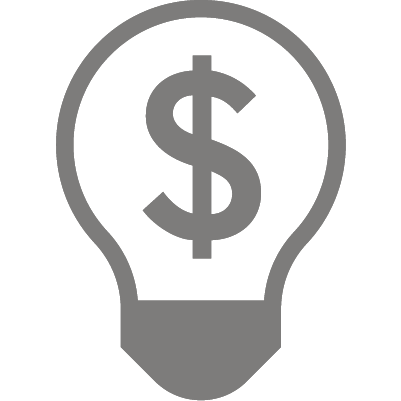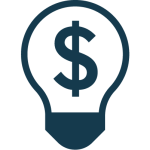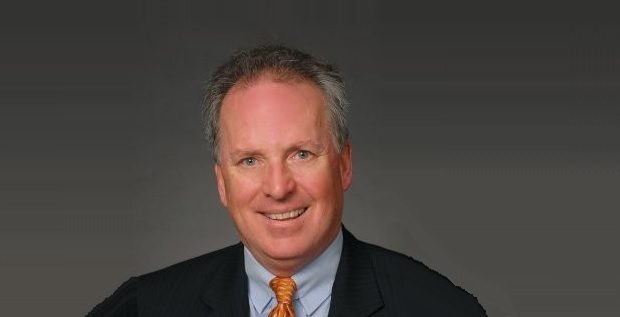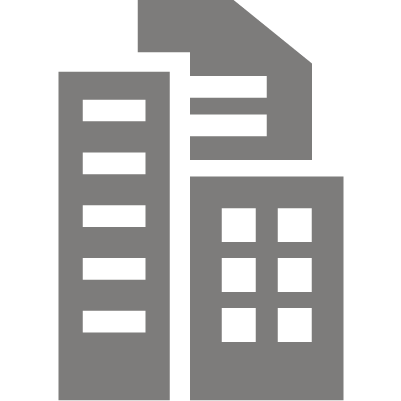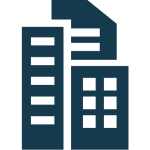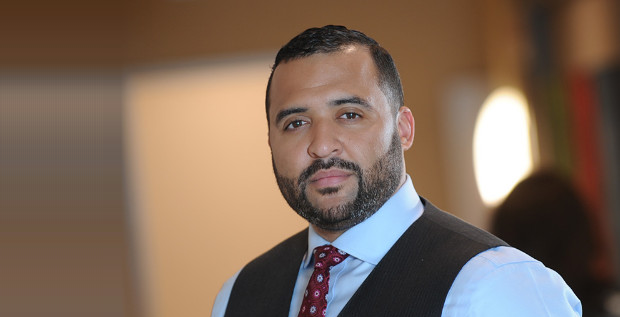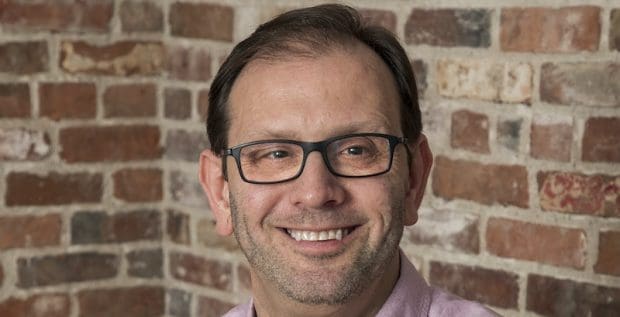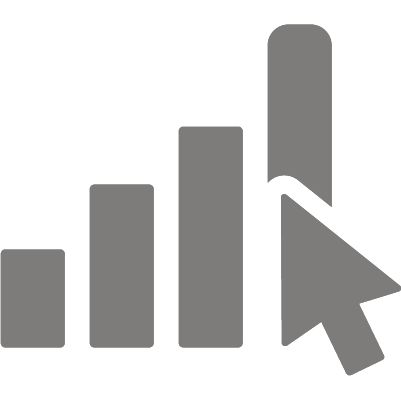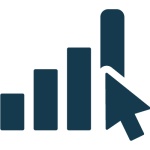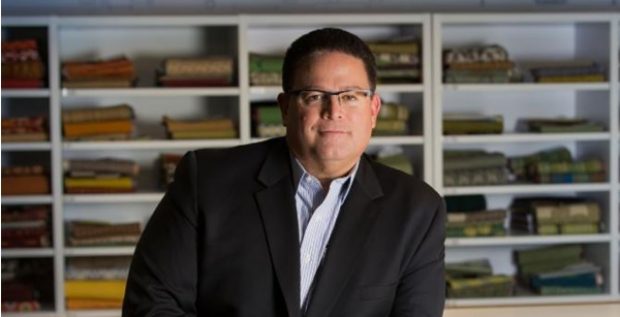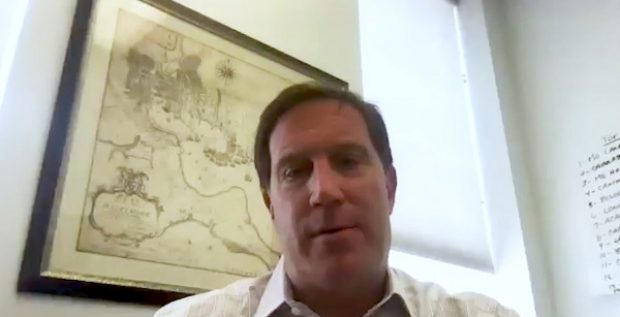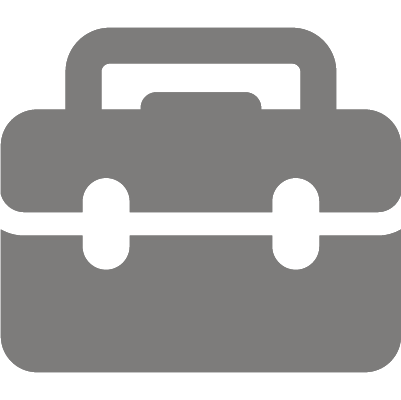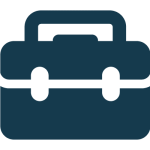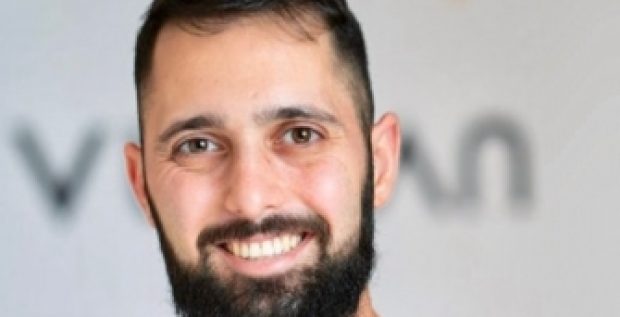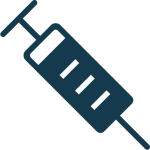My name is Brian Le Gette. I’m the CEO of ZeroChroma and we make wearable tech accessories. We wrap ourselves and our products around phones and tablets providing what we consider a revolutionary and empowering solution to the consumer.
We’d like to be known as something beyond protection and style and a brand that actually brings a solution that morphs with you, adapts with you from 6 a.m. to midnight, weaving your device into your day and your activity so that you are more productive, have more fun.
It’s the perfect blend of the technology that we have created, our patented ecosystem of mounts and stands, and many other new things coming out. We’re partnering with Under Armour, which I’m really excited about. In fact, we are going to launch some of them outside of our brand with Under Armour, which I consider to be the best sports brand – the hottest sports brand – in the world.
Q. How did you develop the idea for ZeroChroma?
A.Dave Reeb, my business partner, had the original idea for the multi-angle stand. He and I worked together at my first company, 180s. He was one of the most talented designer engineers that we have. When he described his idea, I could see it mirrored some of the conversation we had had at 180s. He came up with an “any angle, any orientation” view stand, which was perfect for watching movies on phones and tablets.
I didn’t want to start this company or any company without having what I consider the most important customer, in this case the retailer, telling me that we mattered and that we mattered to their customers. I spent four months calling the buyer at Best Buy, who did not know me from a hole in the wall. Finally, he sent an e-mail back and said “uncle.” He’d give me five minutes. I asked him, have you ever seen a case that does this? I did not describe the inventive stuff necessarily because I was filing patents at that time. He said no. He sent back a question – why do you need that? – and I said, because you are going to put a camera on the front of the phone and you are going to need to aim that camera for video conferencing to people, and he was quiet.
When he asked what colors it came in, I took it as a really good sign. An hour later, after some more questions, he was our first sale.
We’ve won multiple awards, including another best in show at the Consumer Electronics Show in the iLounge area of the North Pavilion. That doesn’t happen that often. Two years in a row for our tablet technology. We are excited about that. We have a big placement in Best Buy, a big placement in Target.
Q.Tell us about the patents.
A.Everything we do is patented or being patented. For our base stand technology, we have four U.S. patents and patents in China and Japan and other places. And, we’re patenting everything else around it so we would feel like we will have good control over the ecosystem that we were creating. I call it an intellectual property mine field and so, I would like to patent the best embodiment of that design. But I also want to make sure that I am covering the area around it, because sometimes what you think is the best way to do this is not necessarily the best way to do this.
I use utility patents to cover the base concepts since they are much stronger than design patents, but there are also design patent constructs that are really helpful. Therefore, I am making sure that I file both. They come at the control issue from two different angles. Because I am manufacturing in China, Taiwan, and Asia and probably in Mexico, I need to make sure that I am also filing in the countries where I’ll be building. It’s essentially filing in the major markets for selling and then filing in the places where you are going to be building. Then, you will be able to stop at the source and then stop when the things get into market.
I put a lot of concepts into patents and then I use continuation of parts to re-file and tune those concepts as I go through. I find that is a smart way for me to not have my own patent as my own prior art stopping me from filing something later. So, I try as I am filing in a new concept area to put as much thought into what that application looks like and then take that application and continue to tune it as I watch the market change and my products’ acceptance in the market moves.
Q. What’s the value proposition for consumers?
A. We want to be able to mount, hang, handle, adapt that device to your situation without having to carry around a lot of stuff with you. We are trying to be the brand that people think about . . . that we’re not just protection or style. We are really trying to create an ecosystem so that “from 6 a.m. to midnight,” we have morphed their tablet or their phone or whatever the device may be with them through every single activity.
Q.Are you more product focused or more process focused?
A.I’d say at the beginning of the company, very product focused. Now, very process focused. We actually have the base technologies and so we really need to create the case body, if you will, that snaps on to whatever the device is that we are doing, applying all of our technologies to it. Now it’s about refining the supply chain, pulling costs out, setting ourselves up for growth from a human standpoint, a capital standpoint. A process standpoint and systems.
You know, Apple may put the phone into a watch completely and there will be no more phone and it will project something on to a wall if you need a bigger screen. That can happen, right? Anything can happen. So, now I’m paying attention to what is happening in the market and trying to look five years out.
Everything I am doing right now, and have been doing, is with an eye for what the market needs five years from now. If I start to see something change, I’m going to move. With my first company, it was about the weather and really nothing else. With the second company, it really is about understanding where the change in technology is going to be from a wearable standpoint that will impact wearables into the space of the phone and the tablet.
Q.How are you financing growth?
A.This business has a six to seven month cash cycle. So, my output of cash is six to seven months before I’m getting paid off. Managing that process is difficult especially inside of growth. It was the issue with 180s. It’s an issue with a lot of businesses that I have been involved with: Trying to figure out how to finance growth. I’ve not been in a slow growth business, which is good. But the other side of that is the need for cash. You can always get cash but, it’s at what cost. You’re always balancing control and giving up equity. For me, it’s control based.
Q.Tell us about your team.
A.I’ve been through ups and downs with businesses and watched what happens with people when you trip a covenant or do not do what they think you should do with their outsider’s perspective on the market. I probably have a certain conservatism about me at this point which is tough as an entrepreneur to do. Pulling in a little bit more folks that want to put the brakes on on things that I don’t. I tend to want to put the gas down and drive straight over things. So, I talk a lot about when you have success, don’t have success. I have had success and not had success several times. You really get to know yourself much better. One of the things that I have recognized about myself is that I really need somebody with the brakes on next to me.
I usually have surrounded myself with people who want to say “Oorah” and move down the road. I still need some of those folks but now I’ve got a team that I think is balanced. I’m excited to take what we already have and move forward with it – and hopefully not repeat the mistakes of the past.
Q.What keeps you up at night?
A.The thing that keeps me up at night is, “Are you good enough to go off and do these things?” It does not matter how successful I’ve been at certain things. I will constantly question that. I think that’s a good thing. Otherwise you get a big head and I think if you believe in luck that you also get to a place where you push off why things happened and you make bad decisions.
